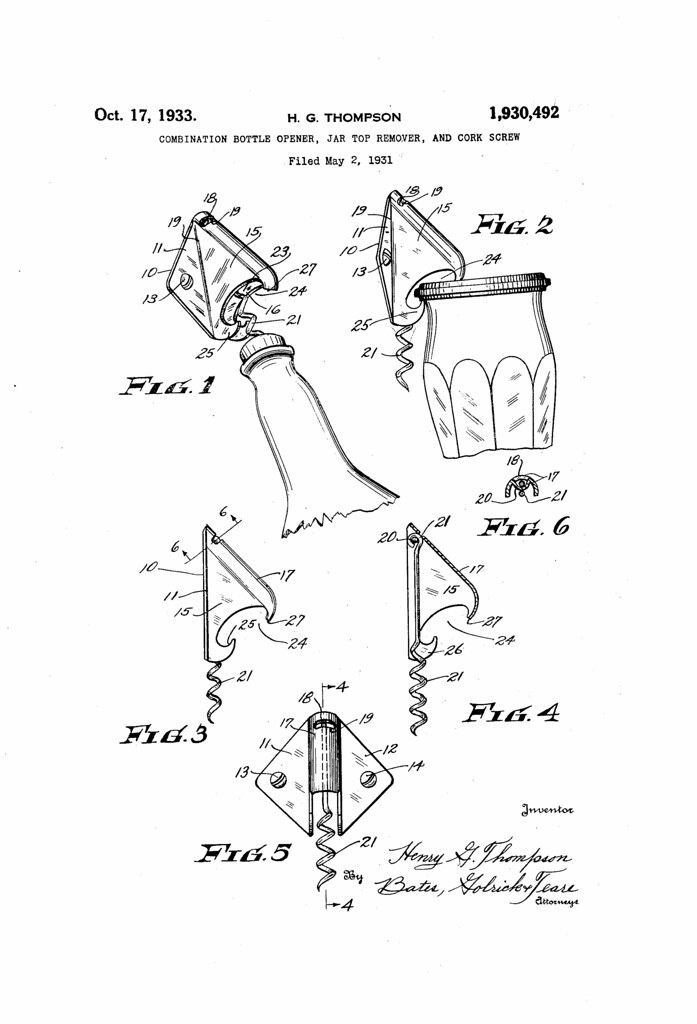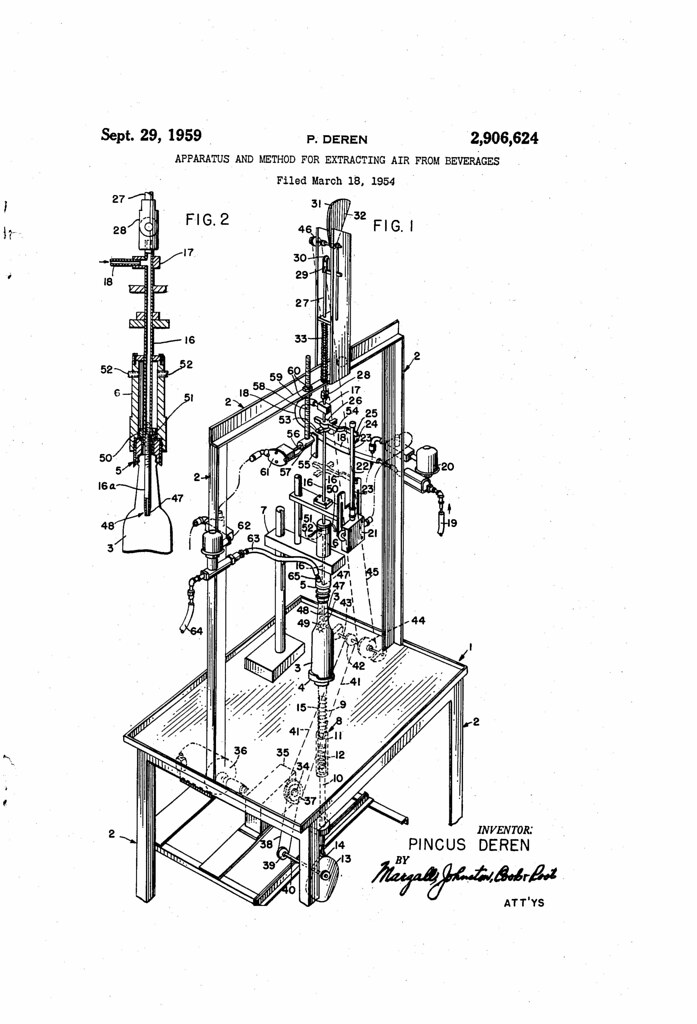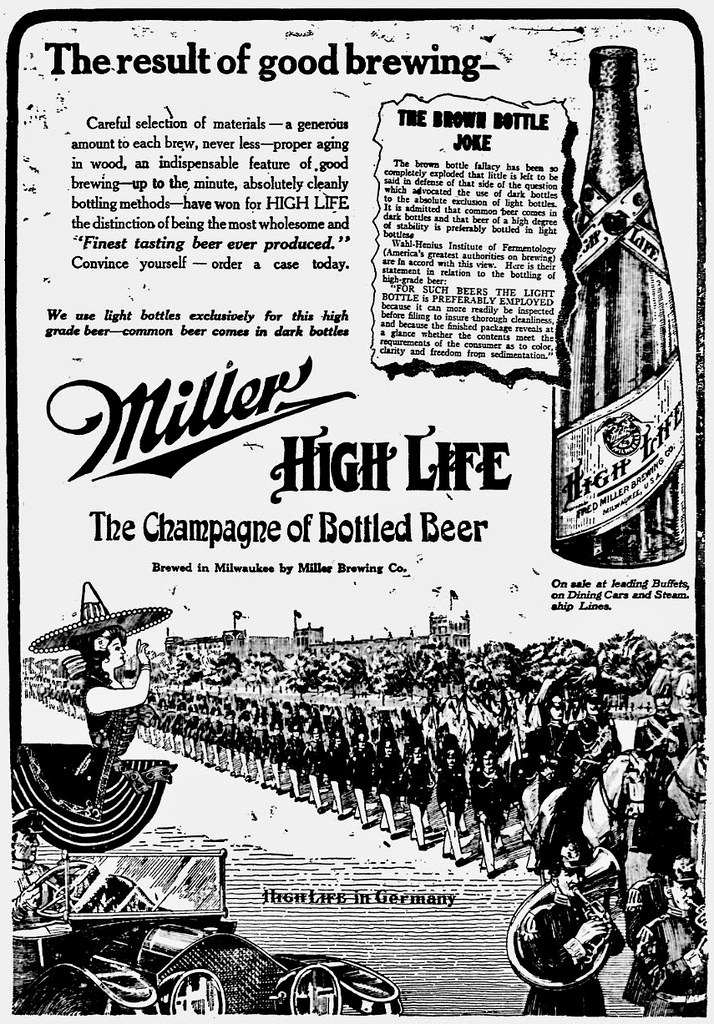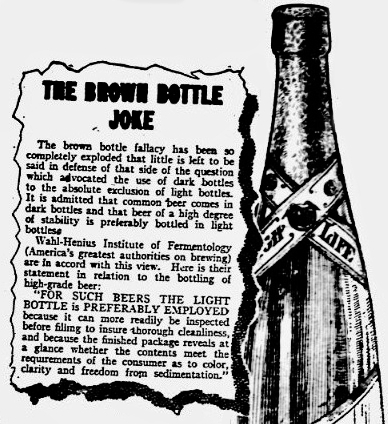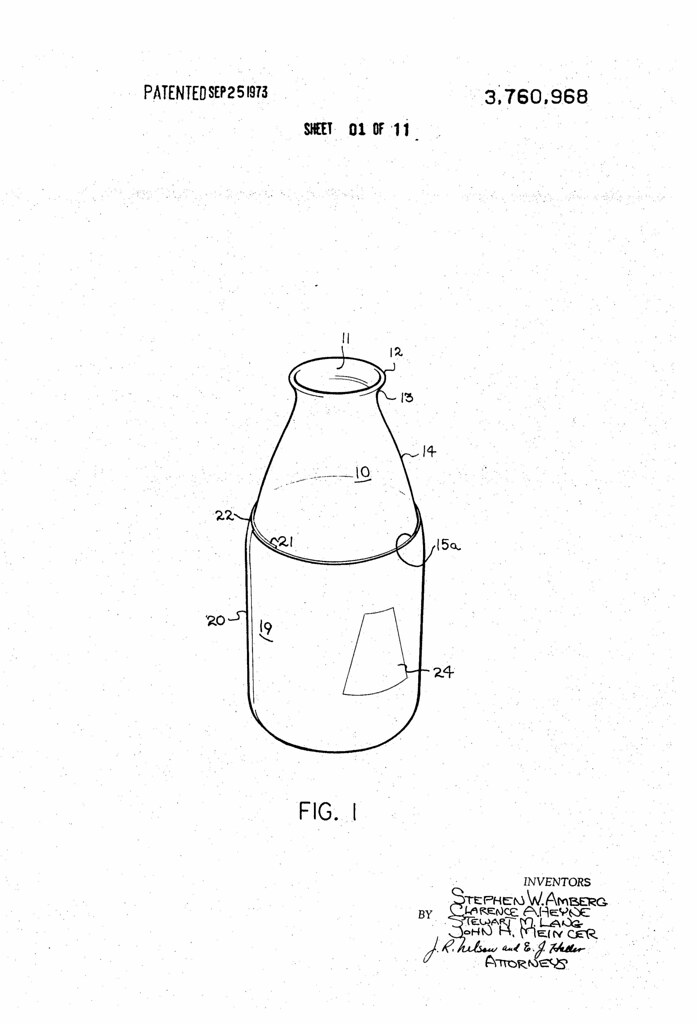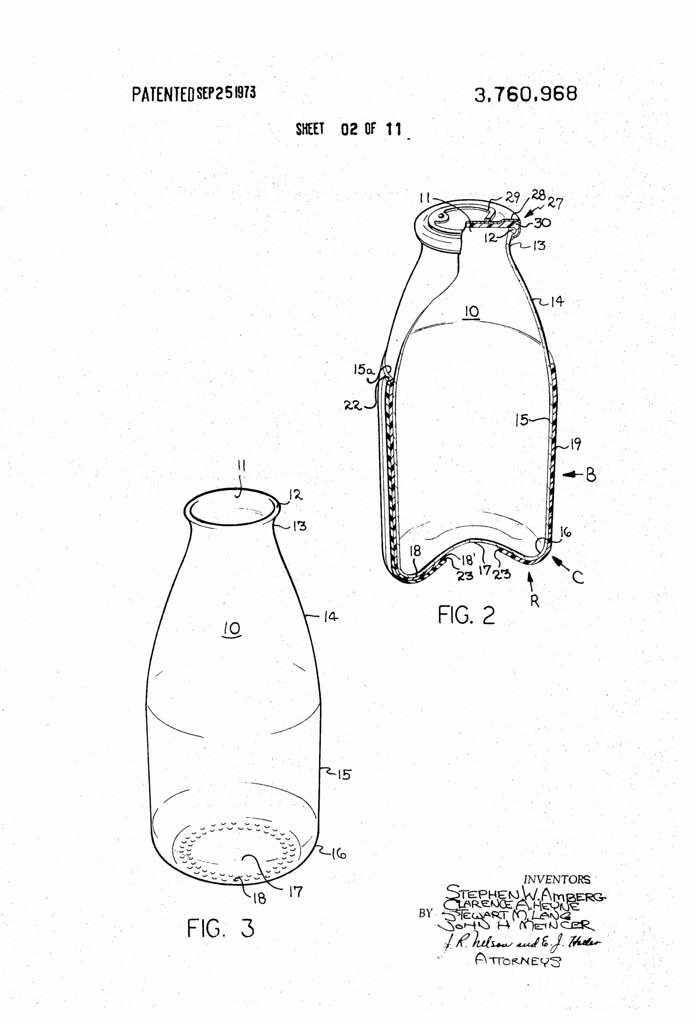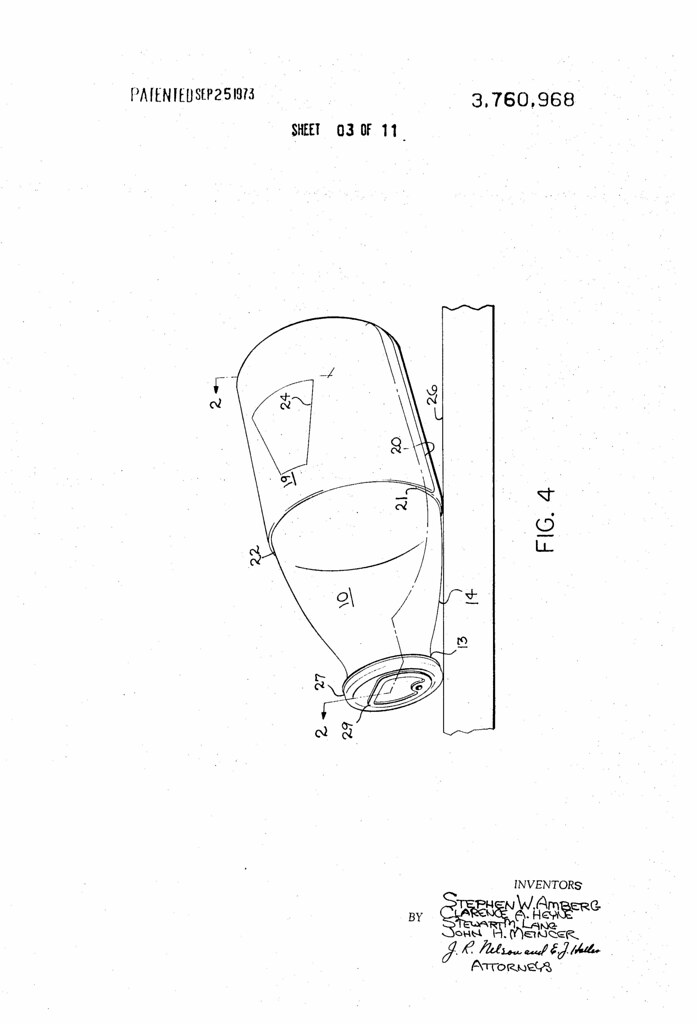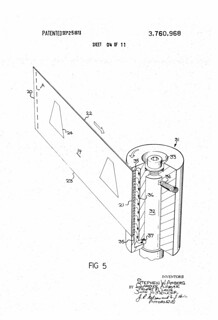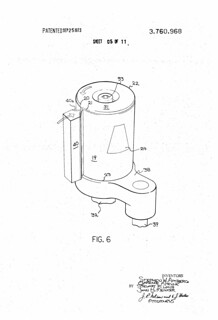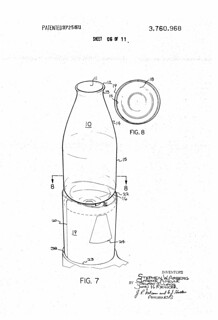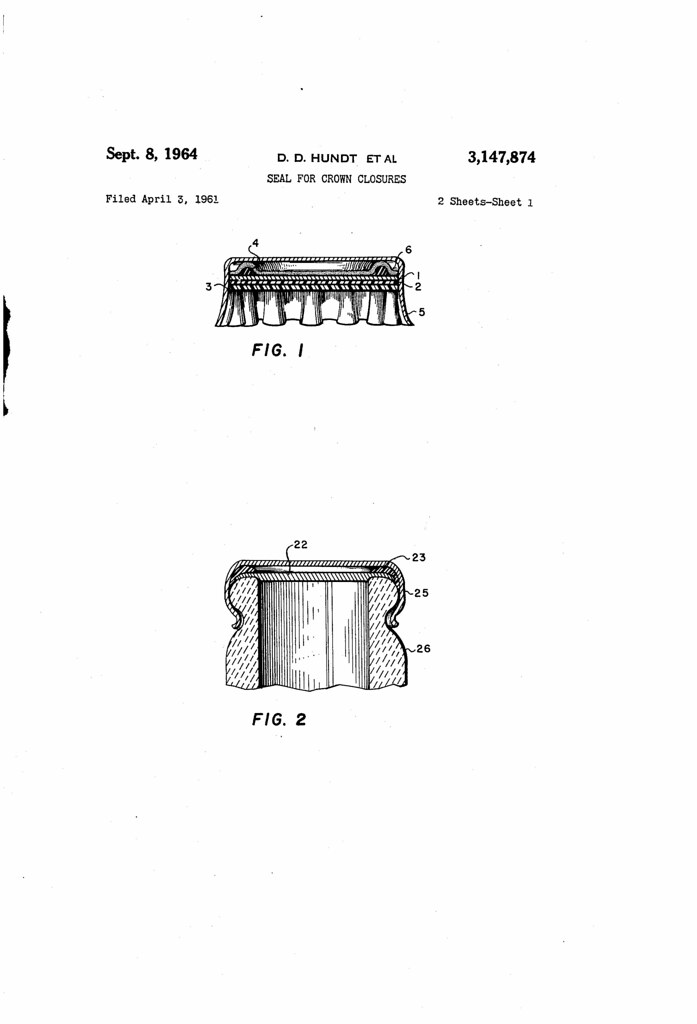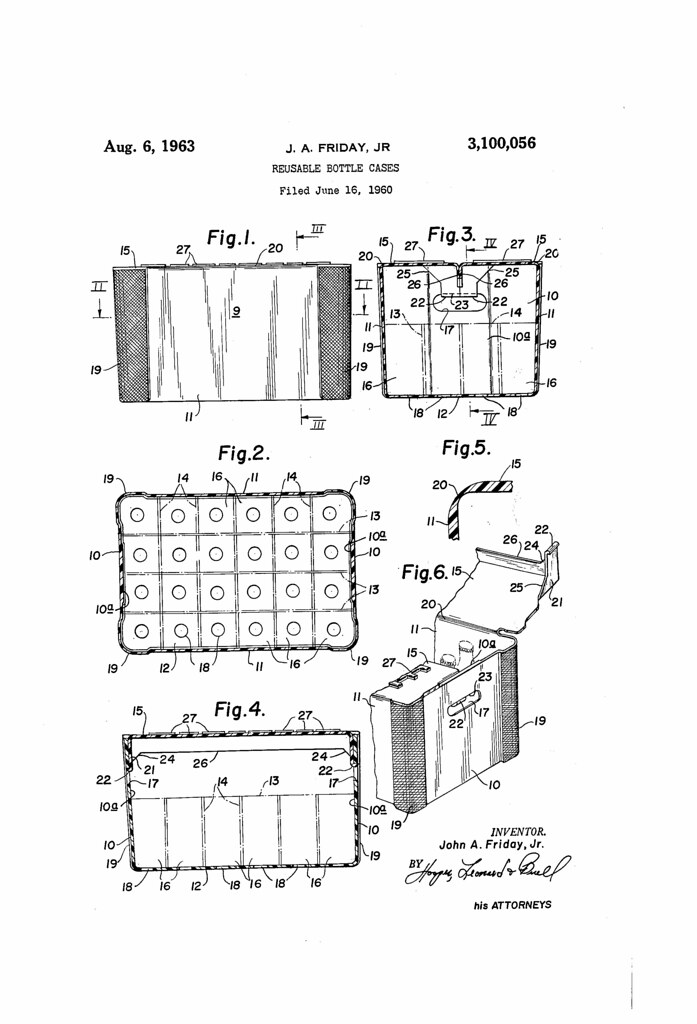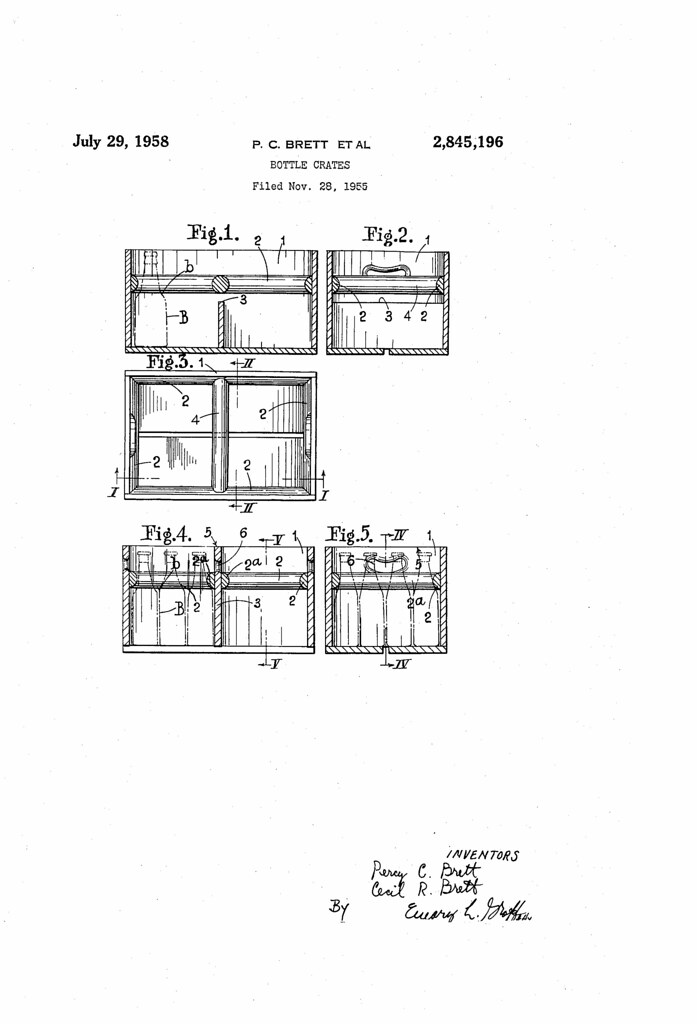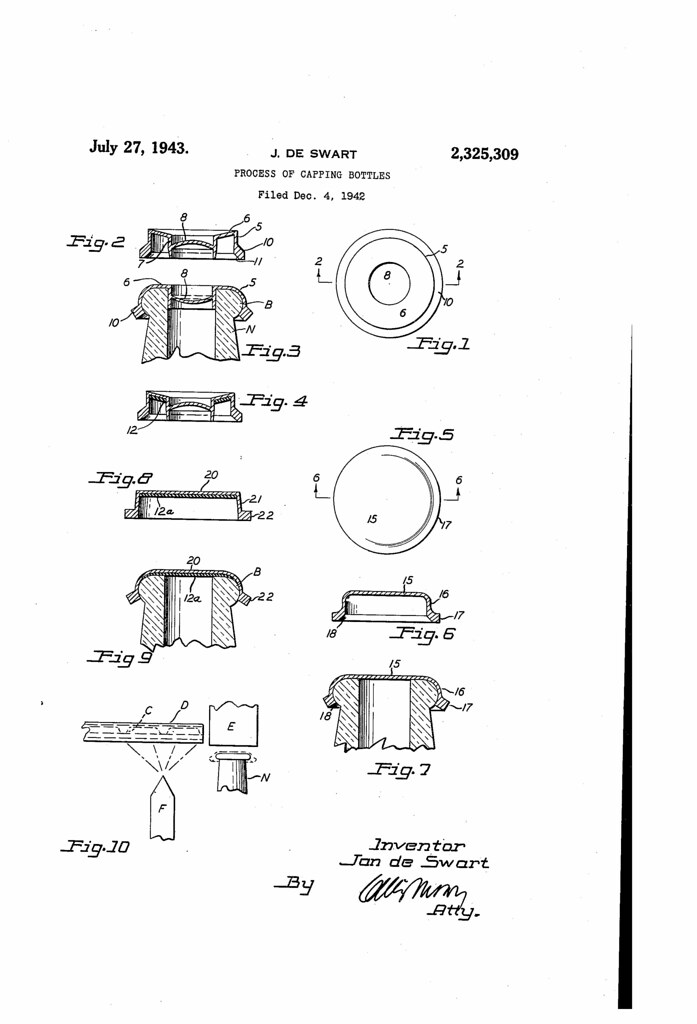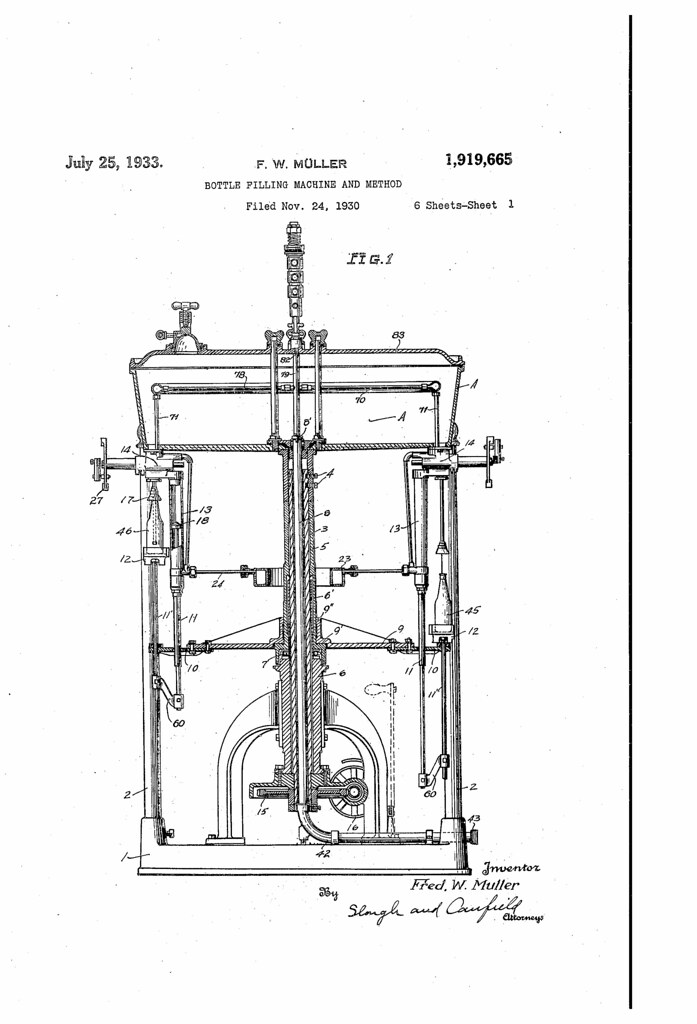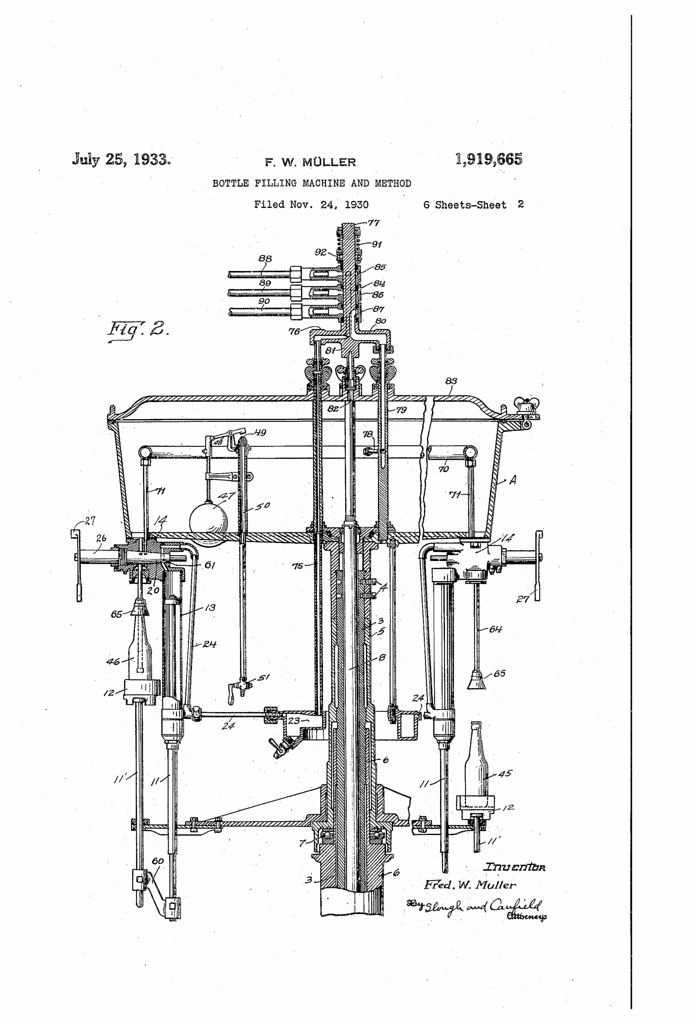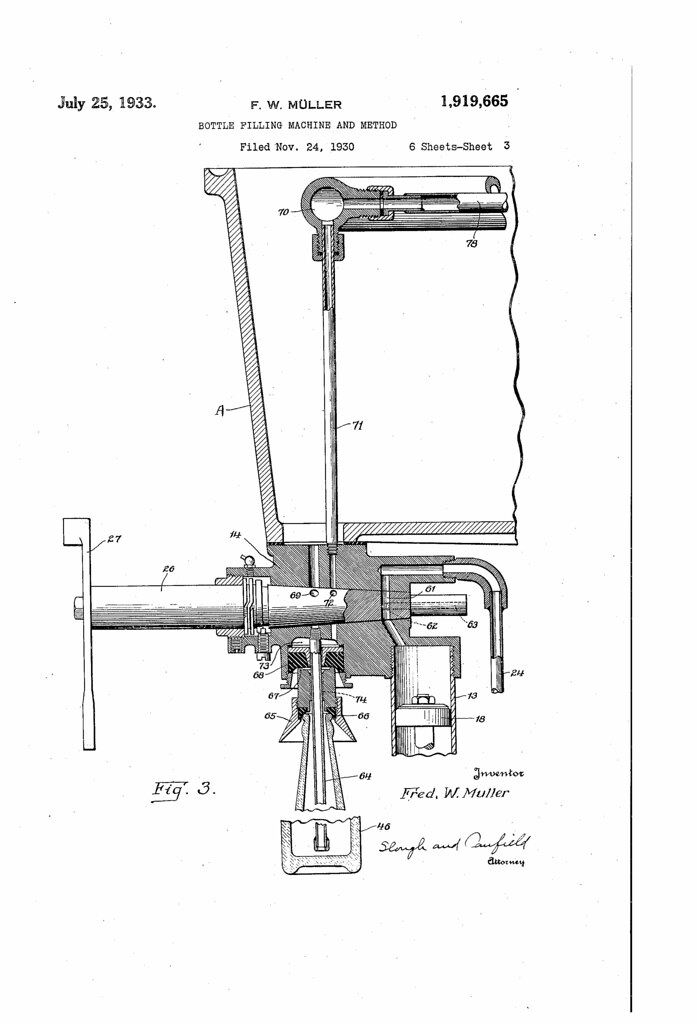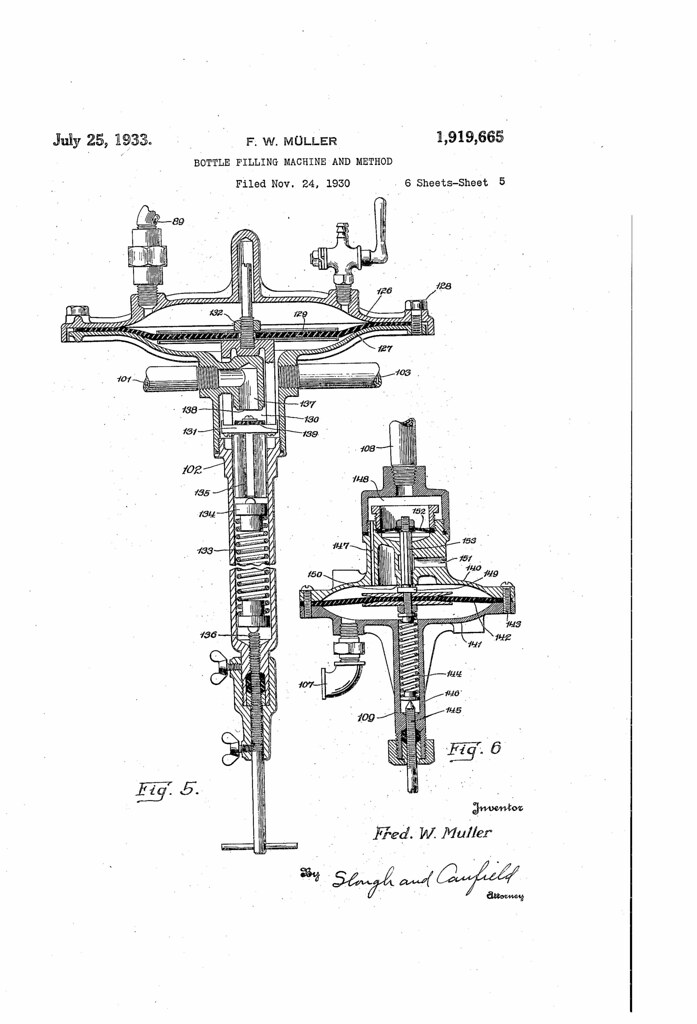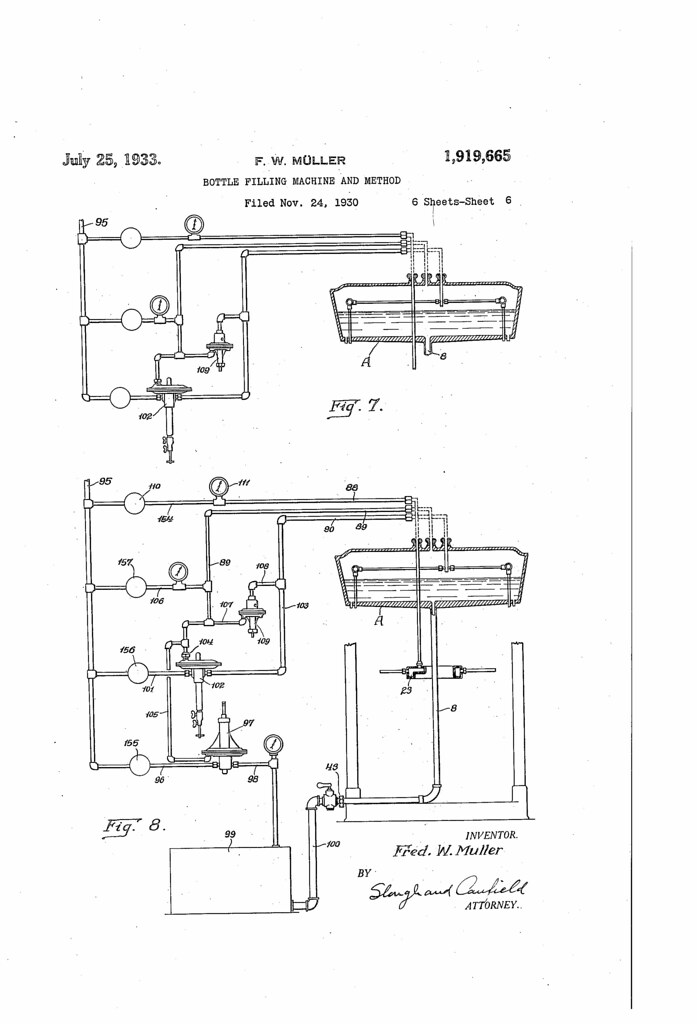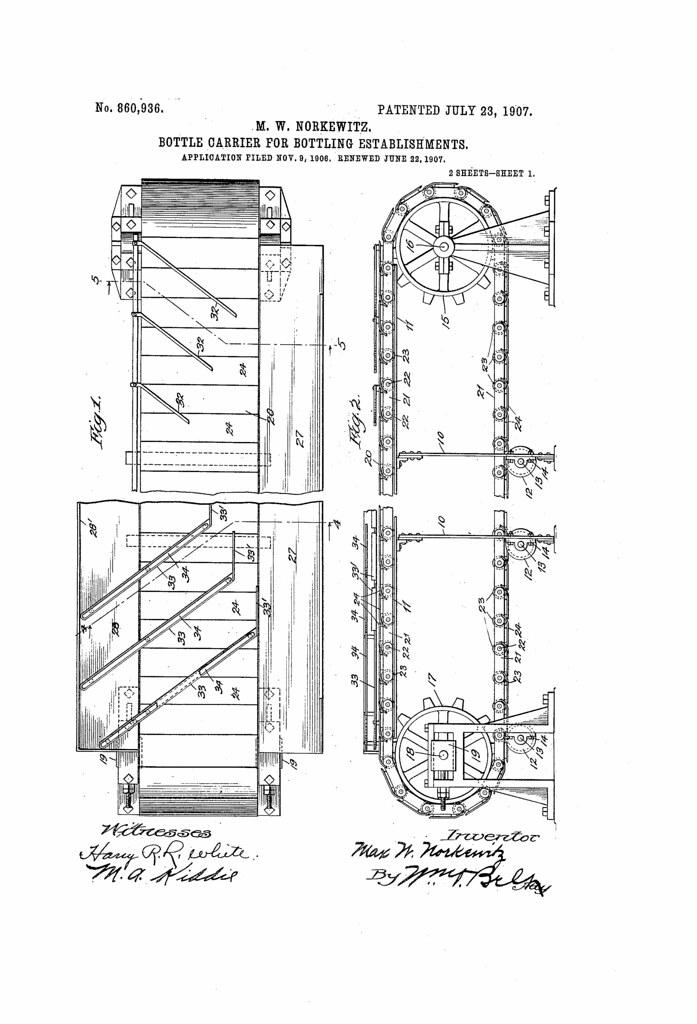
Today in 1933, US Patent 1930492 A was issued, an invention of Henry G. Thompson, for his “Combination Bottle Opener, Jar Top Remover, and Corkscrew.” There’s no Abstract, although in the description it includes these claims:
This invention relates to a combined bottle cap opener, jar-top remover, and cork-screw. A primary object of the invention is to provide a simple and efficient device of this character, which may be mounted on a suitable support and which maybe used either for removing bottle caps, jar covers generally found on olive jars, jam jars, etc., and also for withdrawing corks.
A further object of the invention is to provide a-combination jar top remover, bottle cap remover and cork screw of a minimum number of parts, which parts will be very simple in construction, easily and economically assembled and which will result in a very rigid structure.
